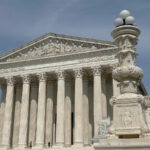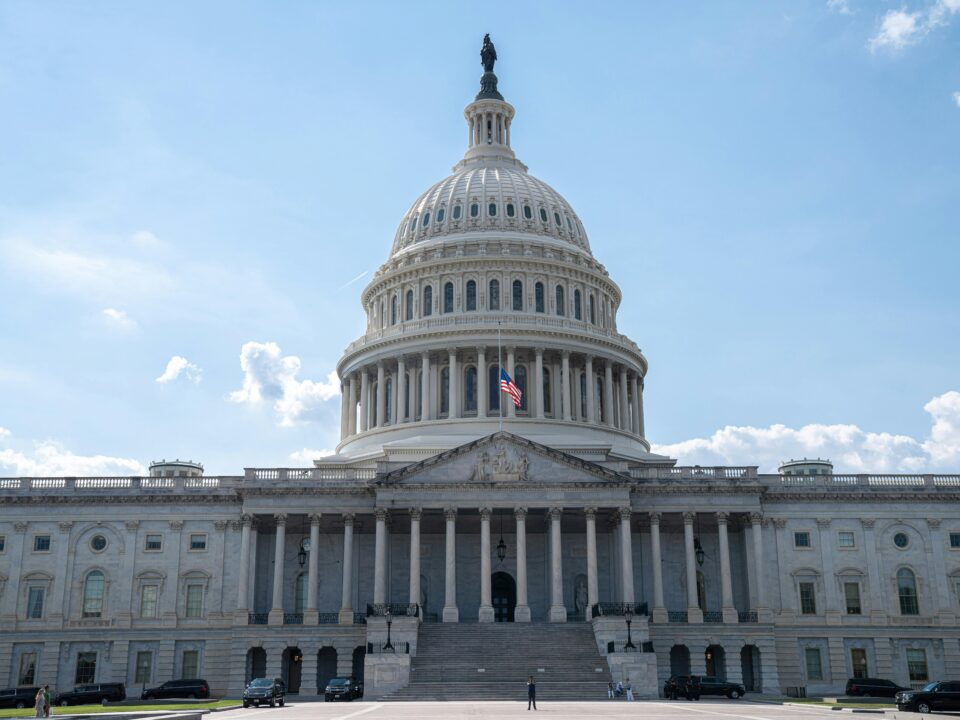
Primmer Attorney Named as One of the Most Influential Corporate Lawyers Shaping Vermont’s Commercial Scene

The U.S. Supreme Court Clarifies the Meaning of “Undue Hardship” For Religious Accommodations under Title VII of the Civil Rights Act of 1964
It’s rare for Vermont to make headlines on Politico and National Public Radio – hey, we even made The World – and it was probably with equal parts pride and eye rolling that we knew the country was reading about our then-governor, in the altogether, out on his porch in April 2012 valiantly defending his bird feeders from four bears in his back yard. We almost lost him: he recounted that ” [t]he (bear) charges me on the porch — I’m tearing through the door. You almost lost the governor. Security was not there. I was within three feet of getting arrrh.” (You can access the Politico Story and NPR Story here)
What does that have to do with buildings and grounds maintenance? Good question.
Governor Shumlin attracted those bears to his yard by leaving birdfeeders out at a time when bears were emerging from hibernation, against the longstanding advice of his own Fish and Wildlife Department, which recommends taking feeders down by April 1, and leaving them down until December 1 during general winter conditions.
According to the Fish and Wildlife Department, the past several years have seen an increase in bear incidents, with high numbers of bear home break-ins, and two bear attacks in 2022, apparently due to a “healthy black bear population learning to associate people and food over multiple generations.” Vermont Fish & Wildlife Press Release. It’s not just bird feeders: “pet food, barbecue grills, garbage, household trash containers, open dumpsters, and campsites with accessible food and food wastes” also attract bears. Agency of Natural Resources Guide (emphasis in original). The Department’s advice includes never feeding bears, deliberately or accidentally.
I’ve seen many rules in my representation of community associations, including extensive rules regarding seasonal decorations, but I don’t think I’ve ever seen one addressing bird feeders, seasonal decorations attractive to bears, or bears at all. Like most of you, perhaps, I never really considered them in the association governance context, until I learned about a bear incident in a community nearby in October.
It was a case of inadvertent attraction of bears in multiple respects. A unit owner maintained several bird feeders. Unit owners had left garbage outside of the secure bins. The entrance to the community was beautifully decorated with its annual autumnal display of cornstalks, pumpkins and mums. In retrospect, it seems predictable, other than, perhaps the pumpkins. Who knew that bears liked pumpkin, after all?
There were no terrible consequences from this encounter, but it underscores how critical context is in framing and enforcing rules and in managing communities. A rule permitting bird feeders only from December through March might seem unreasonable in the middle of Burlington, but – as Governor Shumlin discovered – it is not only reasonable but probably wise in the mountains. Context is also audience-dependent. A part-time resident from the city may not understand the risks of bear encounters; a lifelong Vermonter may have gotten casual about them.
Ultimately, it’s up to associations and property managers to recognize and manage, to the extent possible, the risks particular to a community such as the risk of interaction with wildlife, and to communicate with unit owners the importance of complying with the rules and procedures in place to manage them.
Here’s to seeing the bears where they belong, and not where they don’t.
This article appeared in the August, 2023 edition of CondoMedia, the official publication of the New England Chapter of Community Associations Institute.




